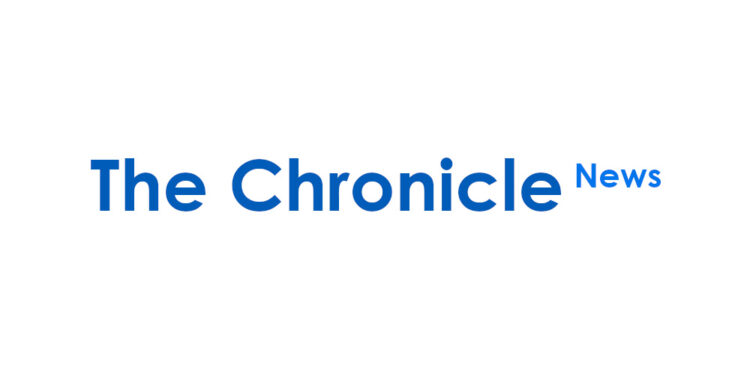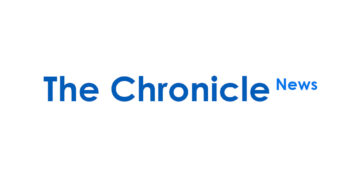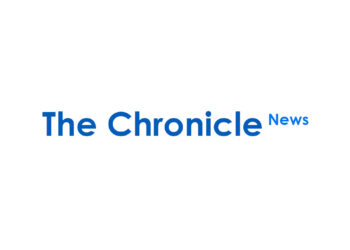With the higher threshold required to itemize deductions, many worry that charitable giving is being impacted. Through the use of donor advised funds and by bunching two or more years of charitable giving into one year, however, you can maximize your donations in a tax efficient way.
Bunching deductions concept
To itemize your deductions in 2023, your total Schedule A deductions need to be more than the following standard deduction amounts:
• Single, Married Filing Separate — $13,850
• Married — $27,700
• Head of Household — $20,800
If your total itemized deductions fall below these dollar amounts for a particular tax year, you’ll use these standard deduction amounts since they’re higher. The most common itemized deductions are medical expenses, taxes, qualified interest expenses and charitable giving.
But there’s a way to be more tax efficient — it’s called bunching. Using this concept, you choose a future tax year to itemize deductions. You then load up your donations, medical care and other qualified deductions into that one year. One of the most useful tools to use this technique is by setting up a donor advised fund.
Donor advised funds — what you need to know
A donor advised fund (DAF) uses a third-party entity to manage the charitable contributions of individuals, families, and organizations. The donor contributes the money to the fund instead of directly to the charity. You deduct the contributions on your tax return in the year you provide the funds to the DAF, but you can then donate to qualified charities from the DAF over any number of years.
Here are some of the benefits of a DAF:
• Fund once, distribute over time. Donate two or more years of money that you would normally provide to your charitable organization(s) into the DAF in the year you wish to itemize deductions. Then provide donations to the charitable organization(s) in future years through your DAF.
• Donate long-term appreciated assets. By funding your DAF with long-term assets that have appreciated in value, you still get the tax benefit of not being taxed on the gain AND you receive the charitable deduction.
• Bunch deductions. Figure what you normally donate to charities in a year. Then multiply this number by two or more years. Make this entire contribution to the DAF in one year and plan on itemizing deductions in that year, then use the standard deduction in the other years.You get a bigger deduction in the itemizing year AND have less expense against the standard deduction in the other years.
• Immediate tax deduction. Funding your DAF in a year with higher income will have bigger impact on your income taxes.
• Your fund will continue to be invested. Any money that remains in the DAF will continue to be invested under your direction and can grow in value to help future donations! Remember that once donations are made to your DAF, the money cannot be retrieved. It must be used for qualified charities.
Using donor advised funds is a great tax planning tool that benefits both you and charitable organizations.
One of my primary objectives is to help you achieve your financial goals through a holistic approach that is tax-efficient in my wealth management and tax resolution practice. For more information, visit www.fredtfoxiii.com
Fred T. Fox III is a Lawton native who owns his own business.
Want to reach a local audience and grow your business?
Our website is the perfect platform to connect with engaged readers in your local area.
Whether you're looking for banner ads, sponsored content, or custom promotions, we can tailor a package to meet your needs.
Contact us today to learn more about advertising opportunities!
CONTACT US NOW




